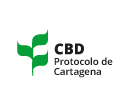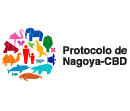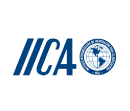 Overview
Overview
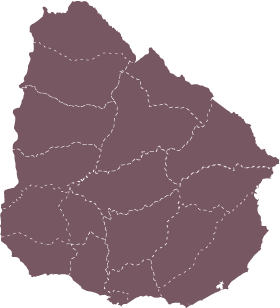

Area km2: 176,215
Population: 3,518,552
Capital: Montevideo
ISO 3166: UY

Population density:
20.0 hab/km2
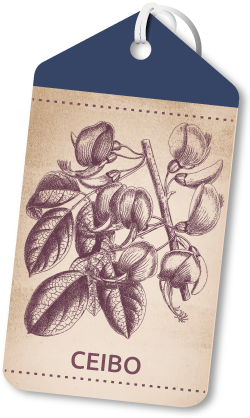
National flower:
Cockspur coral tree (Erythrina crista-galli)
Uruguay is an agro-industrial country, heavily oriented to the export of foodstuffs, goods and services. Uruguayan main crops are soybean, rice, maize, wheat, barley, sorghum, rapeseed and other products such as citrus fruits, blueberries, vegetables, among others. Regarding animal production, Uruguay is an important producer of beef and sheep meat. In addition, Uruguay produces pork and poultry meat, as well as milk and dairy and fish products. Viticulture and forestry (both wood and cellulose) also play a significant role in the Uruguayan agro-industrial production. Uruguay’s main agricultural export products are beef, soybean, milk and rice.







 Trade
Trade Are there local developments?
Are there local developments?




